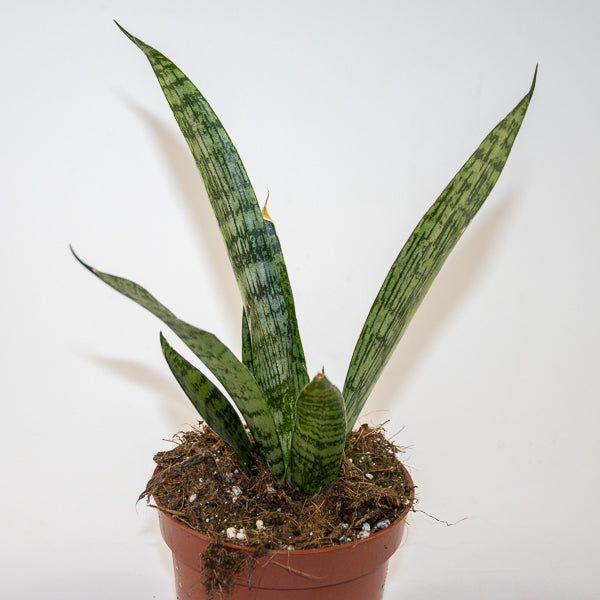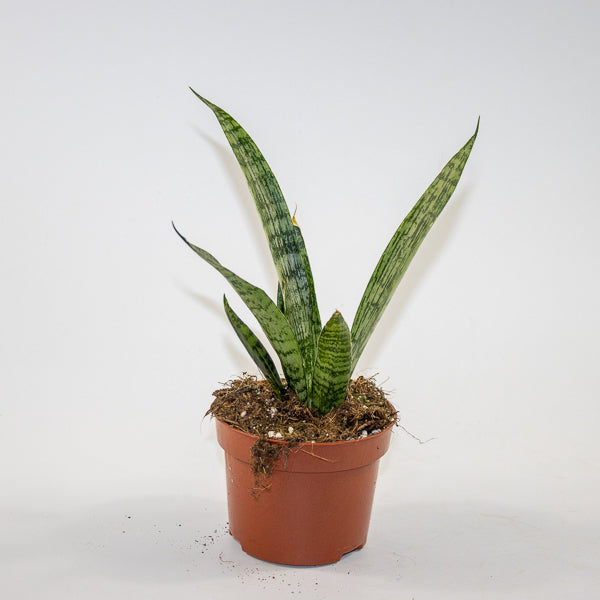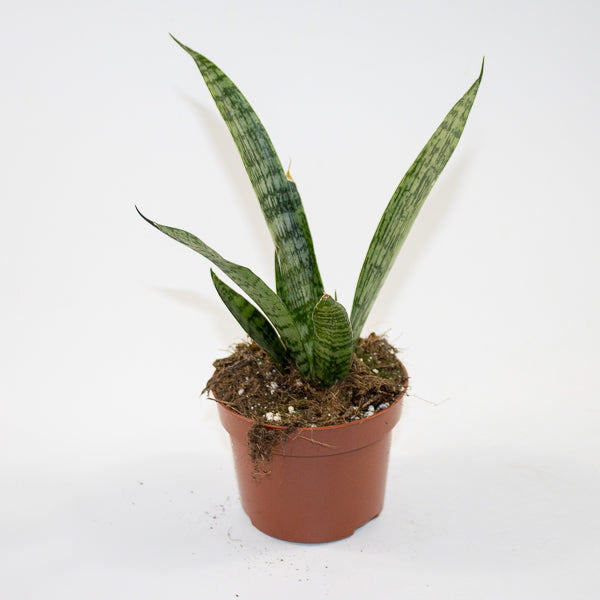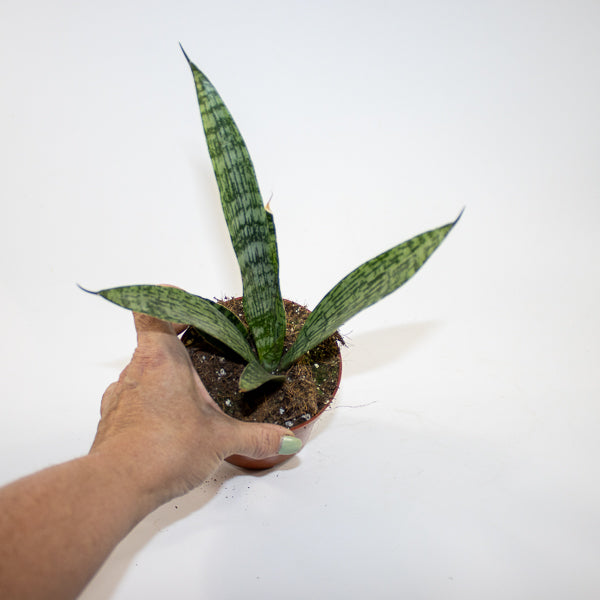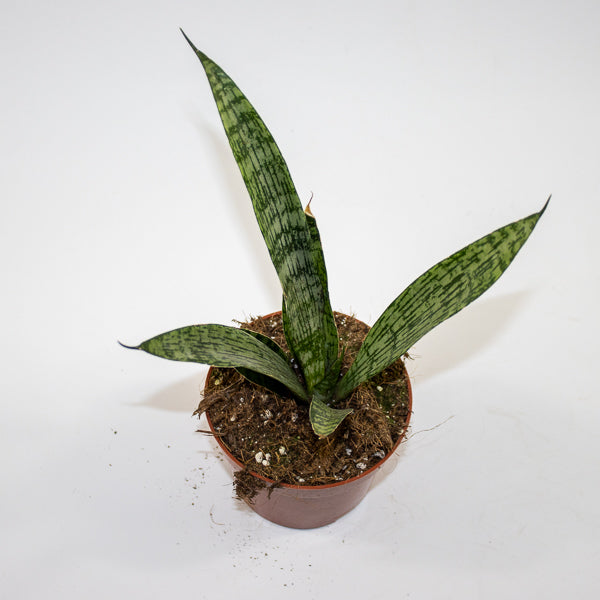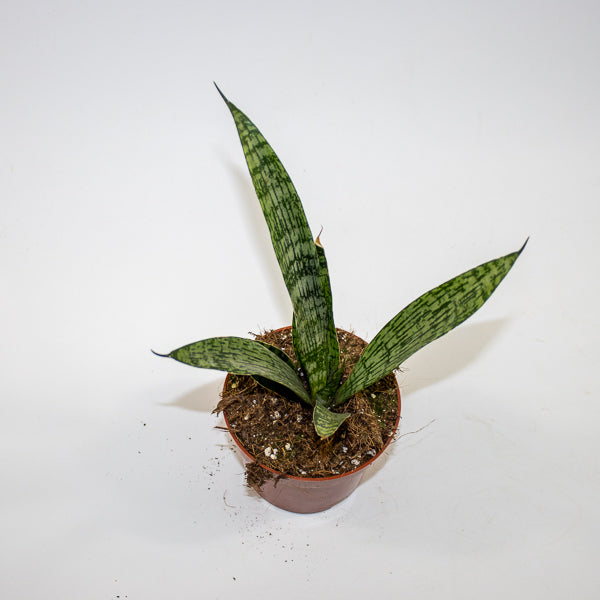1
/
of
6
Emms Plant House
Sansevieria 'Everest' Ø10.5cm H15cm
Sansevieria 'Everest' Ø10.5cm H15cm
Regular price
£29.00 GBP
Regular price
Sale price
£29.00 GBP
Unit price
/
per
Taxes included.
Couldn't load pickup availability
Sansevieria 'Everest' is a stunning variety of the popular Sansevieria (Snake Plant) family. This cultivar is known for its unique, upright, sword-like leaves that feature dark green with striking, creamy-white variegation, giving it a marble-like appearance. Sansevieria 'Everest' is a low-maintenance, hardy plant that adds a touch of elegance and drama to any room.
- Full Botanical Name: Sansevieria 'Everest'
- Common Names: Everest Snake Plant, Sansevieria 'Everest'
- Country and/or Region of Origin: Native to West Africa
- Growing Conditions in Native Habitat: Grows in dry, rocky areas with minimal water, thriving in bright, indirect light in well-draining soils
Care Guide
Care Guide
Share
